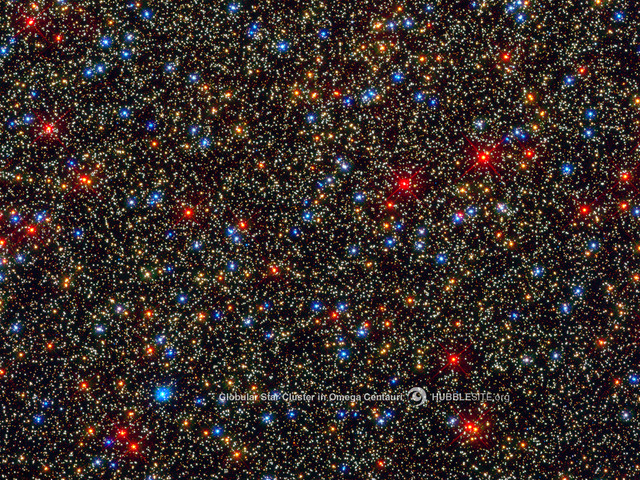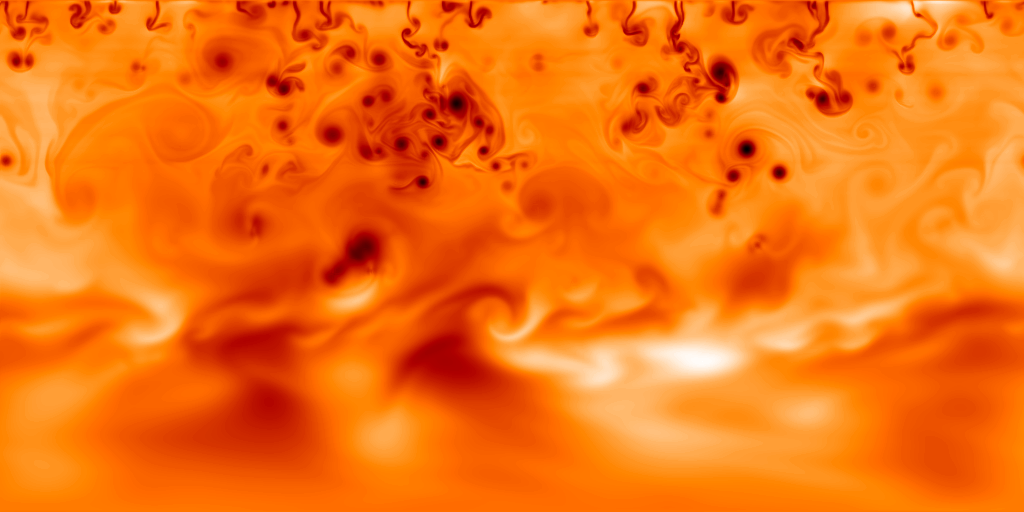

Left: by Mark A. Hicks [licensed from the Clip Art Gallery on DiscoverySchool.com ]
Right: Omega Cen [from STScI]


Left: by Mark A. Hicks [licensed from the Clip Art Gallery on DiscoverySchool.com
]
Right: Omega Cen [from STScI]
Purpose: This is the advanced undergraduate "stars" class at Caltech. Our other junior/senior level course is "ism" or insterstellar medium. Armed with these two courses plus your physics background, you are equipped for our graduate classes.
Lectures:
MWF 11am -12n
On Mondays and Wednesdays will meet in Cahill 219
while on Fridays class will be held in 273 (along the back hallway of the building
towards the eastern side).
Problem Sets: To develop your understanding of course material, roughly weekly you will be asked to do analytic work and/or plot and analyze stellar structure / atmosphere / evolution data using your favorite coding language.
Exams: The mid-term assessment will
be an evaluation of conceptual understanding rather than problem solving ability.
The final exam will be open note, closed book, and held during finals period.
It will test both problem solving and conceptual understanding.
Problem sets are a critical means of learning the material, not just "busy work." Collaboration on problem sets is permitted in the conceptual phase of completing an assigment, though students are expected to work out the final solutions themselves. Several of the problem sets will require use of computers for calculations and plotting of results. Exams are not collaborative but handwritten notes such as class notes may be permitted.
Grading will be based on the weekly assignments (~55%), the mid-term exam (~15%), and the final exam (~30%).
If you have either constructive feedback or complaints about this course,
please come see me. You may also use the (anonymous if you like)
feedback form to provide input.
Beyond your course reading/studying and class attendance,
a quick (daily) visit to the
Astronomy Picture of the Day
might broaden your astronomical horizons.
The recommended text is appropriate for an upper level undergraduate course. Please acquire a copy of:
There is an e-book version available through the Caltech library that can be read by one student at a time.
If you are looking for supplemental material, there are many many books on stellar physics, some of them even good ones. See the list below. A few at about the right level for this course are the Bohm-Vitense series, Prialnik, and also Philipps due to their emphasis on explanations of the physical phenomena; but they don't quite reach the needed depth and/or breadth for use as Ay101 course texts. Graduate level texts are those by Hansen/Kawaler/Trimble, Collins, Gray, or Rutten, some of which we have actually used in this course in past years.
The above are on reserve for this course. The location in the past has been the astrophysics library though for this year it may be that all Caltech course reserves will be in SFL.
Please please please get your sets in on time. It is easiest on everyone (the professor, the TA, and - especially - your fellow students) if all homeworks are turned in by the due date/time so that they can be graded together and turned back to you with solutions in a timely manner.
Please write next to your name on submitted work how long it took *you* to do the set.


Left: Experimental convection moving top-to-bottom
[from http://www.solarviews.com/eng/edu/convect.htm]
Right: Oberved convection moving bottom-to-top [viewed from my office during the 2009 Station Fire]